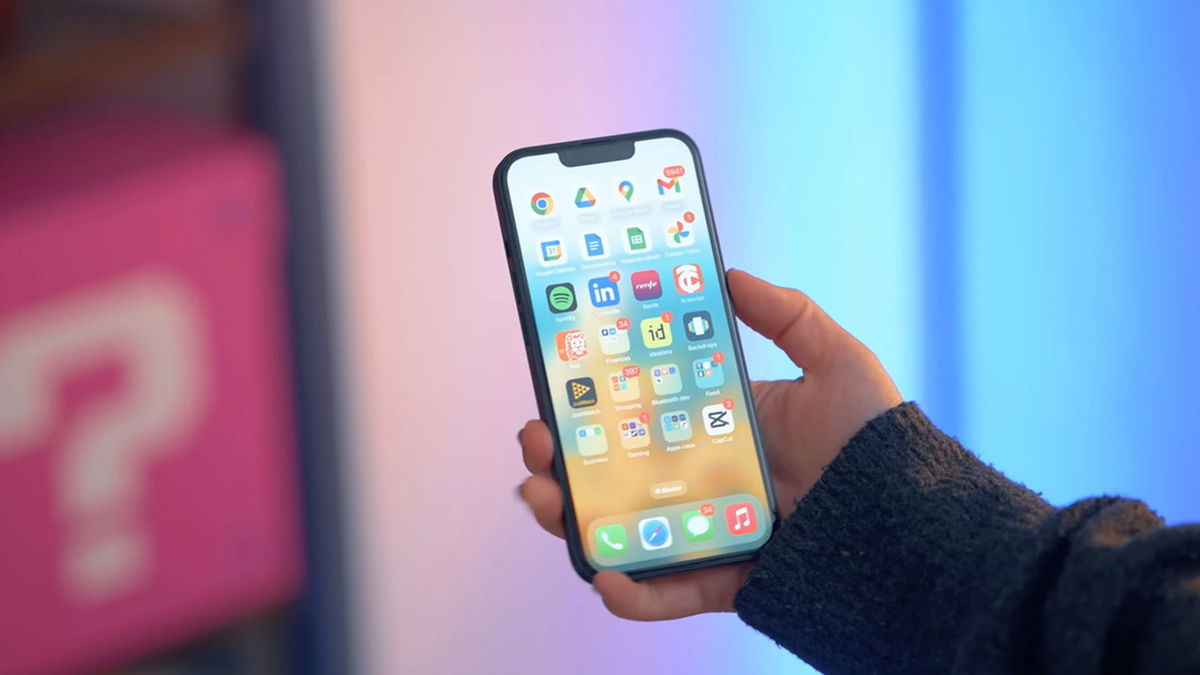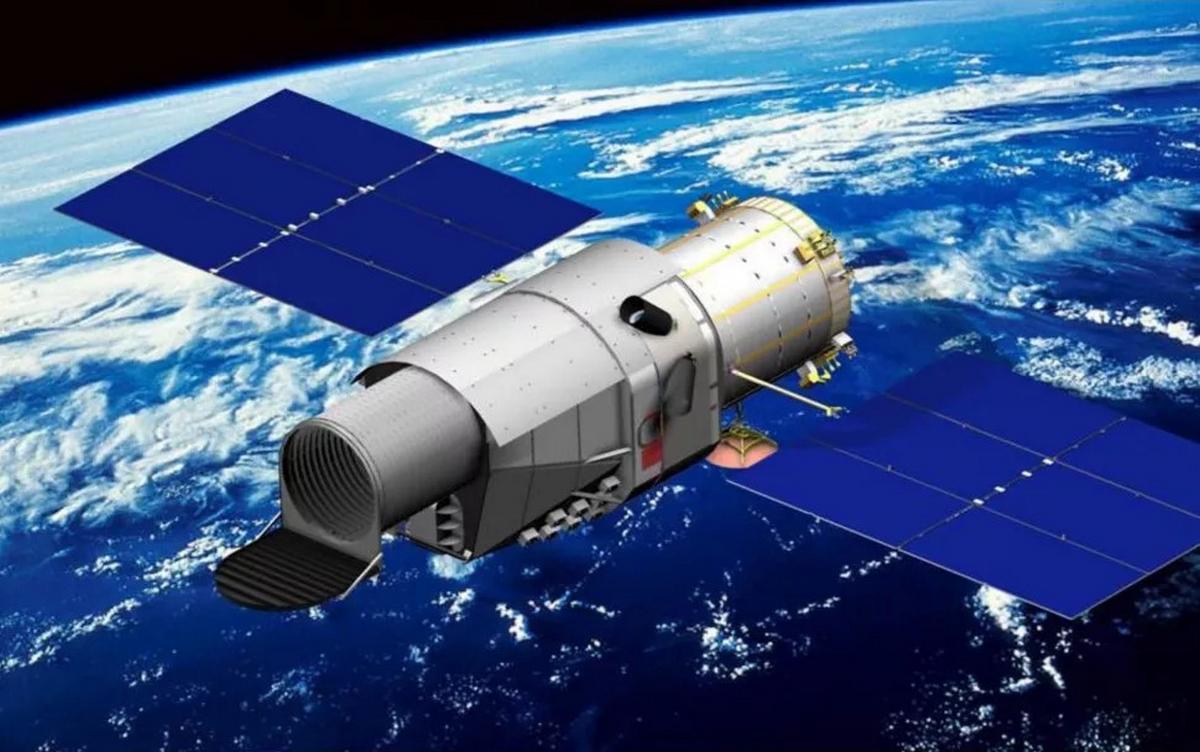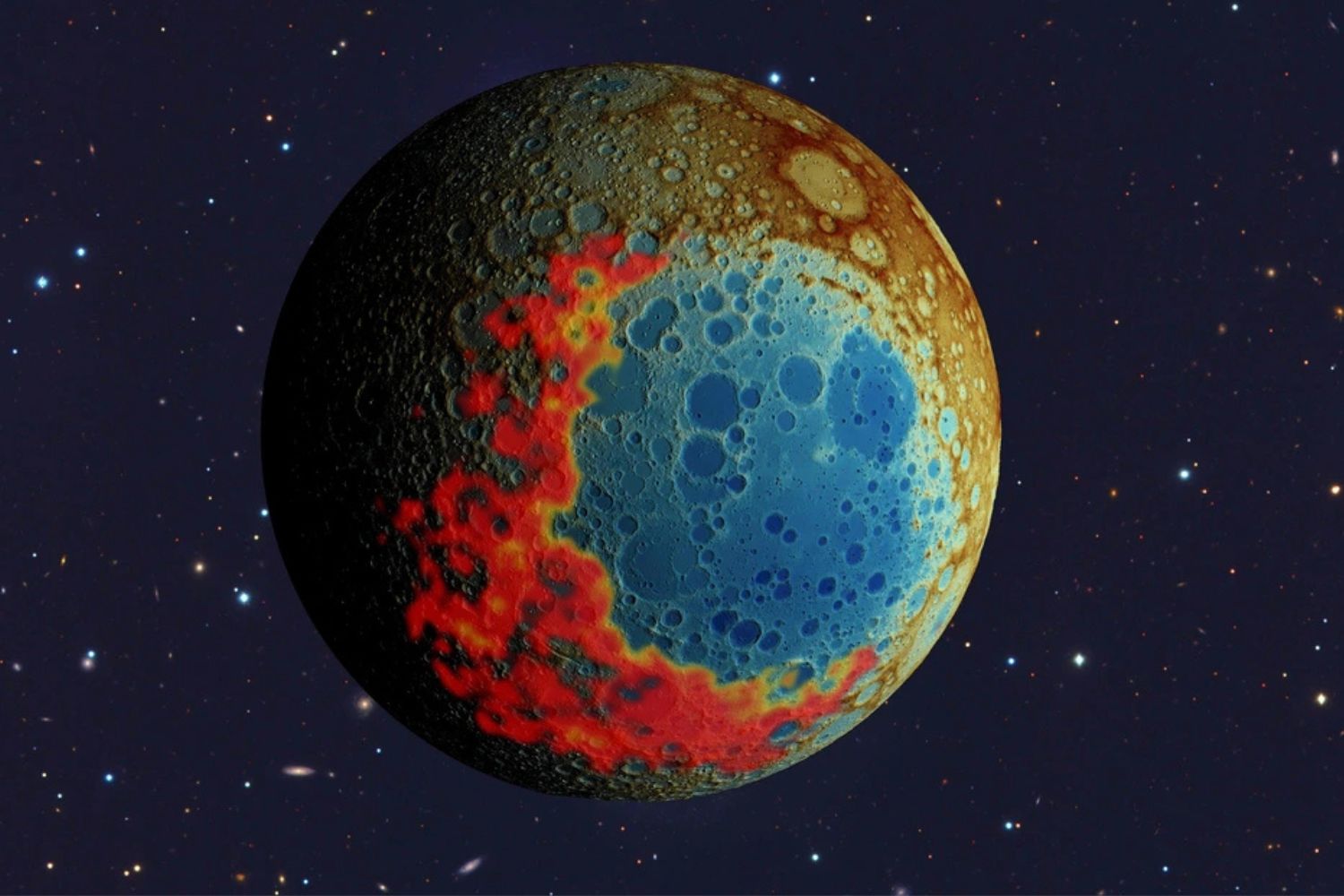The James Webb Space Telescope was launched at the end of December 2021, its mission will last at least 10 years.
Well, the space agency’s largest and most powerful telescope is practicing its photographic skills and stunned us with its first shots. The first thing that was presented was what they call the most distant photograph ever taken: the galaxy cluster SMACS 0723 as it appeared 4.6 billion years ago.
After that, three more appeared: the Carina Nebula, the Stefan Quintet, and the Sur Ring Nebula. Added to this album are two photographs of Jupiter at different wavelengths taken by their Near Infrared Camera (NIRCam).
Nonetheless, it seems that this means the end of Hubble, but we are greatly mistaken. These are two completely different telescopes in two completely different places. Of course, Webb is much more powerful and revolutionary, but it does not replace its previous one.
here how Webb and Hubble differ and why the new one will benefit the most from the work of the latter.
Hubble revolves around the Earth, and Webb revolves around the Sun.
Unlike Hubble, which orbits the Earth and has been visited by NASA astronauts for repairs and upgrades, Webb is a million miles away, so let’s almost forget about it if anything goes wrong.
And the thing is that basically it has to function as an addition to the Hubble, since it is located there, mainly in order to be able to work 24 hours a day and at a very low temperature, such as -233ºC, in order to be able to detect weak heat signals. .
Hubble can make longer and more extensive observations than Webb
Be very careful, because here we have a difference that gives Hubble the win if we want to take long exposure shots. And the fact is that with the launch of Webb, the demand for time in relation to Hubble has decreased somewhat, yes, but the latter also has a wider field of view.
“These images will be a treasure map for Webb to find targets he can look back on in depth.” says Lamia Maula, a member of several teams at the James Webb Space Telescope.
Hubble and Webb see at different wavelengths
While Hubble deals with ultraviolet and visible wavelengths of light, Webb is equipped to detect longer infrared wavelengths with resolution never seen before.
One of Webb’s features is a mirror 6.5 meters long, three times the size of Hubble’s. It orbits at a distance of 1.5 million kilometers from Earth, away from human interference. Its optics and the type of infrared spectrum it observes are different from other telescopes, making it the most powerful and accurate “eye” of mankind.
Now as they explain “One of the key differences that will keep Hubble relevant is that if you want to observe something that requires both ultraviolet and optical data, you have to go back to Hubble to get it.”Maula explains.
And why do we need it? Well observe the youngest parts of the universe. However, within a given galaxy, young stars are very bright and only emit light at the shortest wavelengths.
Webb is Spitzer’s successor, not Hubble’s
“Webb has three times the resolution and is about 10 times more sensitive to infrared, so it can do what Hubble has been doing for a long time, but faster.” Maula says. However, this is not Hubble, but NASA’s Spitzer Space Telescope, in orbit from 2003 to 2022, when it ran out of fuel, which Webb is replacing.
Webb will allow astronomers to see not only the galaxies that existed between 10 and 12 billion years ago, but also the features of the galaxies. “Things that we could previously see as simple dots in the sky will now look like real galaxies with spiral arms and all the features we are used to seeing in our nearby universe.”explain.
Hubble is still needed for new observations
Now a lot of people are thinking: If it has already done its job, why do we need Hubble? “We’re going to find a lot of different things at Webb that we haven’t identified before.”Maula said. “We want to observe it again with Hubble, perhaps at greater depth for a longer period of time.”
Source: Computer Hoy
I am Bret Jackson, a professional journalist and author for Gadget Onus, where I specialize in writing about the gaming industry. With over 6 years of experience in my field, I have built up an extensive portfolio that ranges from reviews to interviews with top figures within the industry. My work has been featured on various news sites, providing readers with insightful analysis regarding the current state of gaming culture.












